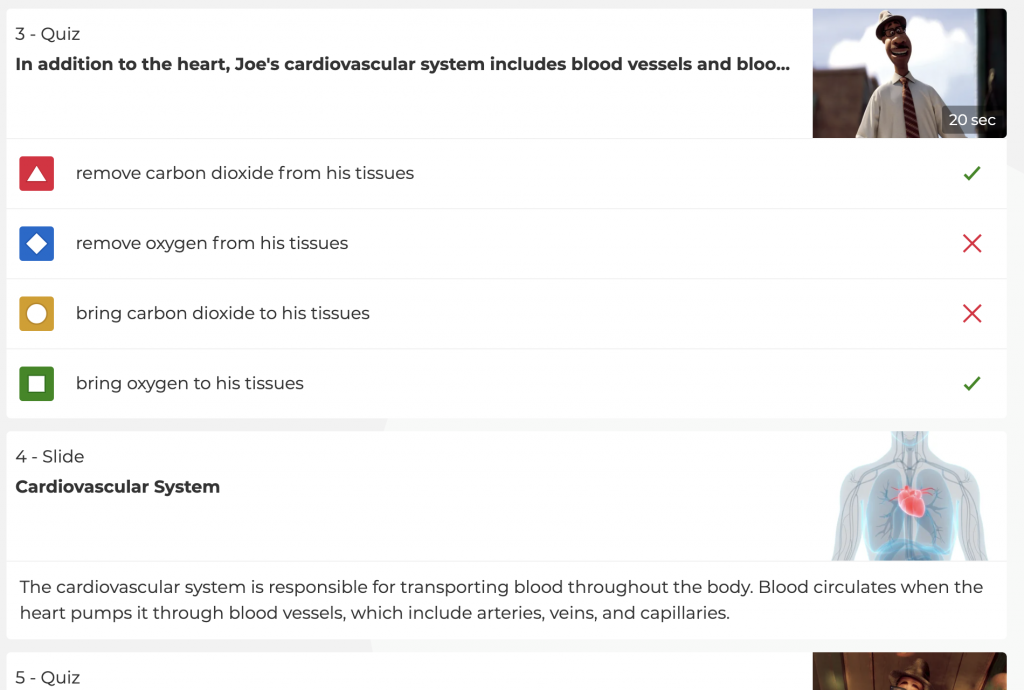Initially when I was searching for a topic in Unit 2, I was unsure of what exactly I wanted to research just because I didn’t know if I would be able to find a lot of information. I eventually decided to research the difference between diversity and inclusion because I thought that I would learn a lot through my research, and it would be very important knowledge to have currently and further along in my life. I looked back on the assignments that we had done in this course, and I found that I particularly really enjoyed the ones where we wrote about D&I. I also had a little bit of previous knowledge because last fall I took an African America studies course where we briefly spoke about the differences in the workplace when it comes to minority and majority groups.
To collect my research in a more efficient way, I used the research tips that I learned in this course such as the subject searching and the cited in methods, we used in our complicating research activity. This was very helpful because prior to this I wasn’t sure how to go about finding relevant sources. I was also able to consolidate the information that I found and connect them to common ideas within my topic. I’ve learned a lot through doing this work. I was always taught that research had to be precise, everything had to connect and that it should be put together in an essay format. After doing this project I’ve learned that there isn’t and shouldn’t be one set way to convey a message. I was able to see the various methods that my classmates used like creating memos, posters etc. I was able to create a Kahoot which was fun figuring out how to do. I also really enjoyed getting feedback from all my peers and being able to give them feedback as well because it allowed me to see the different points of views and how everyone interpreted the assignments and readings differently.
This assignment is very valuable to me because it has taught me a lot about diversity and inclusion and how to make sure everyone has the proper support, they need to do great things. This is especially helpful to me now since I am an RA and my residents all have different backgrounds and experiences so I need to be aware of ways to make sure everyone feels valued and seen.
This class has taught me how to work with getting advice from other peers so I can make my work better. Taking this class over the past few months has been a great opportunity for learning and growth. The things we learned in all the units we have covered has provided me with a lot of insight into topics that I never really thought to much about before. The articles that we read about diversity, inclusion, neurodiversity, organizational culture etc. have been very enlightening.
I also enjoyed getting to see little bits of my peers, summer through the “highlight of the week” questions. It made this asynchronous class feel a lot more personal and live in a way. Thank you Professor Oakes for your great feedback and encouraging words. Thank you to my peers for your detailed and very helpful feedback this summer. Wishing you all the best and good luck this fall! 🙂

